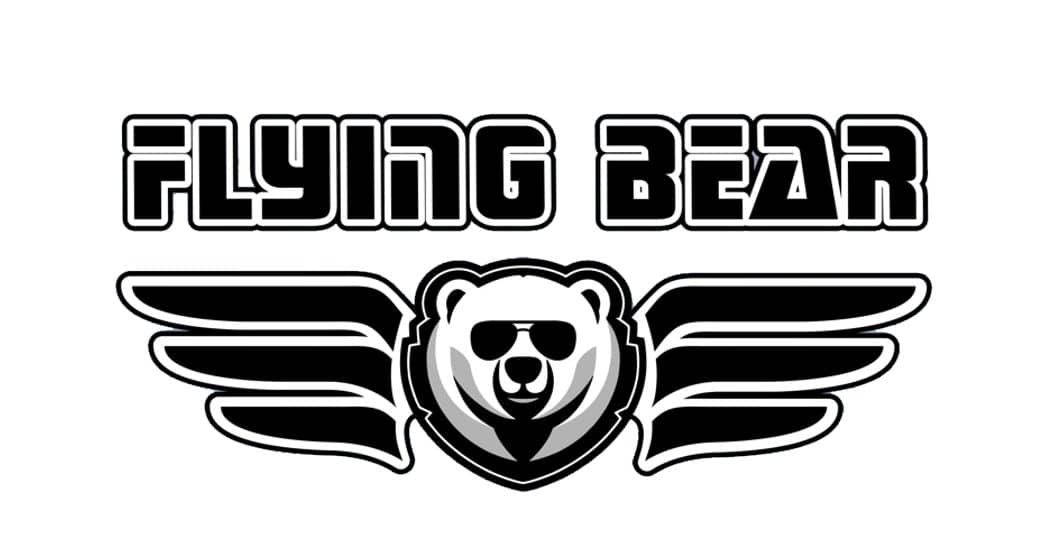
Part of the work with the plastic model and the 3-d modelling connected to that work, has been working with old factory drawings. They have all been converted from hand drawn drawings into digital form.
Please see the gallery where a few drawings are presented.
Type NA
Immediately after it was realized that the Type N needed to be improved, work with the NA started.
(in Thulin language “A”, like in KA, LA and NA, often stood for variant of, or inprovement of…)
Malmer once again took lead together with Thulin and in June 1918 Tord Ångström was employed, forming a formidable trio of aircraft egineers.
The more they worked, the more the NA took a completely new direction; fuselage, wings, ailerons, struts, landing gear, framework and even basic dimensions were changed. It was no longer an offspring of Type N. Basically only the engine was the same, although even that was further improved for the NA.
The wing profile was changed into a more modern one, thicker and with a flat under surface. In the end most outer basic dimensions were very similar to the British Sopwith Camel. Under the skin however, they had almost nothing in common. Under the skin the NA was more Fokker-like with its steel-tube fuselage frame, in fact some parts were identical. It is therefore obvious that the design team at Thulin had access to both the Camel and Fokker aircraft.
Just as the Sopwith Camel the NA had a little drop shaped piece of wood where the bracing wires between the inner wing struts cross each other. A most odd and unusual feature.
Unlike the Camel though, NA had its tank in front of the pilot, place in such a position that it did not affect the center of gravity during flight. This meant the aircraft could be trimmed before flight for each pilot, and hence the adjustment screws on the fin and stabilators.
(The drawings show no centre of gravity point when a passanger is in place).
Some have argued that the fuel tank does not admit any armament.
That is true, at least for fuselage mounted guns, but one must remember that the tank was chosen for a two seat sportsplane. Looking at contemporary fighters with similar engines gives a more realistic perspective; The Fokker Dr1 had a 72 litre fuel tank, the Sopwith Camel had a massive 135 litres and NA 128 litres. The Fokker also had its tank in front of the pilot. All had their oiltanks in the front. Taking 25% away from NA’s tank still leaves us with more than a 100 litres an enough space left for ammunition, gun brackets and synchronisation mechanism.
Many records from the work with the NA are missing, but some sourses say that it was tested in late 1918 as the 1 seat fighter it was intended to be. The armistice halted all further work and it was instead hastily redesigned into a 2 seat “sports plane”. Factory drawing are clear on this point; the extra seat was a very late addition. Although there are no surviving records, there are indications that the 2-seat NA was test flown in 1919. From photos it shows that it was flown before the summer of 1920 and that tests were done in the following winter (1920-21).
Severe problems with the internal layout – there wasn´t enough room for the passenger – together with Thulin´s death and the company´s economical problems eventually stopped further work.
After a flight (date remains unclear, see below, and without passenger) the German pilot Alexander von Bismarck reported that the flying characteristics were excellent. For a short time, with its 215 km/h, Thulin NA was one of the fastest rotary powered airplanes.
At the time von Bismarck worked at a local company flying passengers between Malmö in Sweden and Copenhagen in Denmark (indeed a very short trip). Someone has stated that von Bismarck just got the opportunity to fly the NA when visiting the Thulin hangars to purchase a Thulin LA, and took it.
That statement must be questioned. Von Bismarck was a very experienced test pilot that had started working with Fokker already in 1915, later moving to Halberstadt. He was by far the most experienced pilot in Sweden at the time and was working with a company based in the same town as AETA; Landskrona.
It is therefore highly likely the he was hired to do the test flights. There are two main reasons for this;
No Swedish pilot was used to handle a potent aircraft such as the NA. Von Bismarck knew perfectly well how to conduct proper tests and file detailed test reports.
Unfortunately the only thing we have left is that he found the aircraft “very good, with excellent flying characteristics but with poor instrumentation” (compass and clock were probably not mounted and the pitot tubes hd been replaced by a mechanical air speed indicator).
The prototype in its slightly modified form was donated to Landskrona City Museum in 1926, where it today hangs from the ceiling. Its condition is rather poor though.
NEWS as per March 2023:
The picture on top of this page is said to depict Alexander von Bismarck on April 11 1921 and that it was the only time the aircraft was flown. There are some uncertainties around that statement as can be read in the text above.
Now a text on the back side of this famous photo has been found/detected stating the following:
(original text is in Swedish)
“Aircraft type NA, 2
Engine 145 hp Wing surface 14(?) m2
Speed 215 km/h 1919″
There may be more text but the Landskrona City Museum has glued the original photo to a piece of cardboard (…no comments…).

